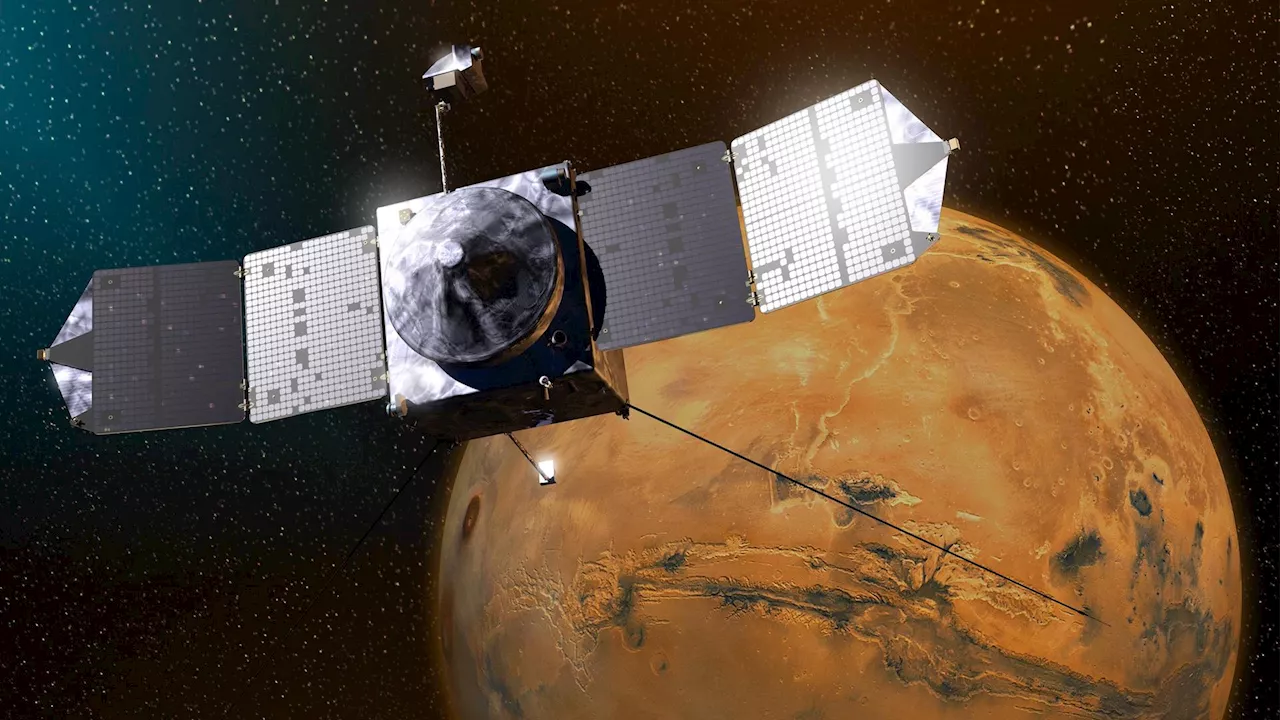NASA will task two of its spacecraft with analyzing the effects of this increased solar activity on the Red Planet.
This cycle occurs due to shifts in our star’s magnetic field. It can cause intense solar storms that are felt throughout our solar system.
Earth’s magnetic field protects against these solar storms, but Mars isn’t quite so lucky. The Red Planet lost its global magnetic field a long time ago, meaning the effects of these solar storms are felt on the planet’s surface. The US space agency’s MAVEN orbiter and Curiosity rover will both study solar particles and radiation on Mars.
United States Latest News, United States Headlines
Similar News:You can also read news stories similar to this one that we have collected from other news sources.
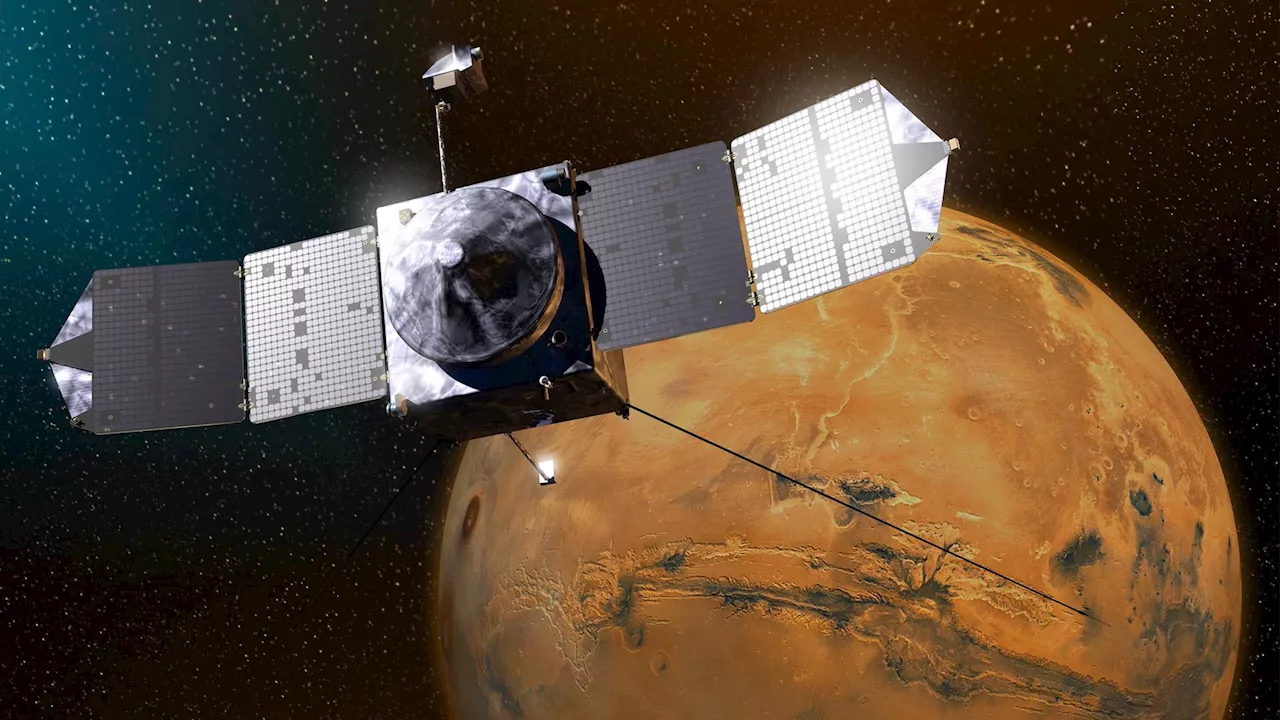 Solar maximum: NASA gears up to study radiation, particle bombarding on MarsThey could show us a great deal about the solar radiation to which future astronauts will be exposed. Their readings could help pave the way for future astronaut missions to the Red Planet.
Solar maximum: NASA gears up to study radiation, particle bombarding on MarsThey could show us a great deal about the solar radiation to which future astronauts will be exposed. Their readings could help pave the way for future astronaut missions to the Red Planet.
Read more »
 NASA prepares for intense sun storms on Mars during 'solar maximum'Samantha Mathewson joined Space.com as an intern in the summer of 2016. She received a B.A. in Journalism and Environmental Science at the University of New Haven, in Connecticut. Previously, her work has been published in Nature World News.
NASA prepares for intense sun storms on Mars during 'solar maximum'Samantha Mathewson joined Space.com as an intern in the summer of 2016. She received a B.A. in Journalism and Environmental Science at the University of New Haven, in Connecticut. Previously, her work has been published in Nature World News.
Read more »
 NASA on Alert: Scientists Gear Up for Solar Storms at MarsScience, Space and Technology News 2024
NASA on Alert: Scientists Gear Up for Solar Storms at MarsScience, Space and Technology News 2024
Read more »
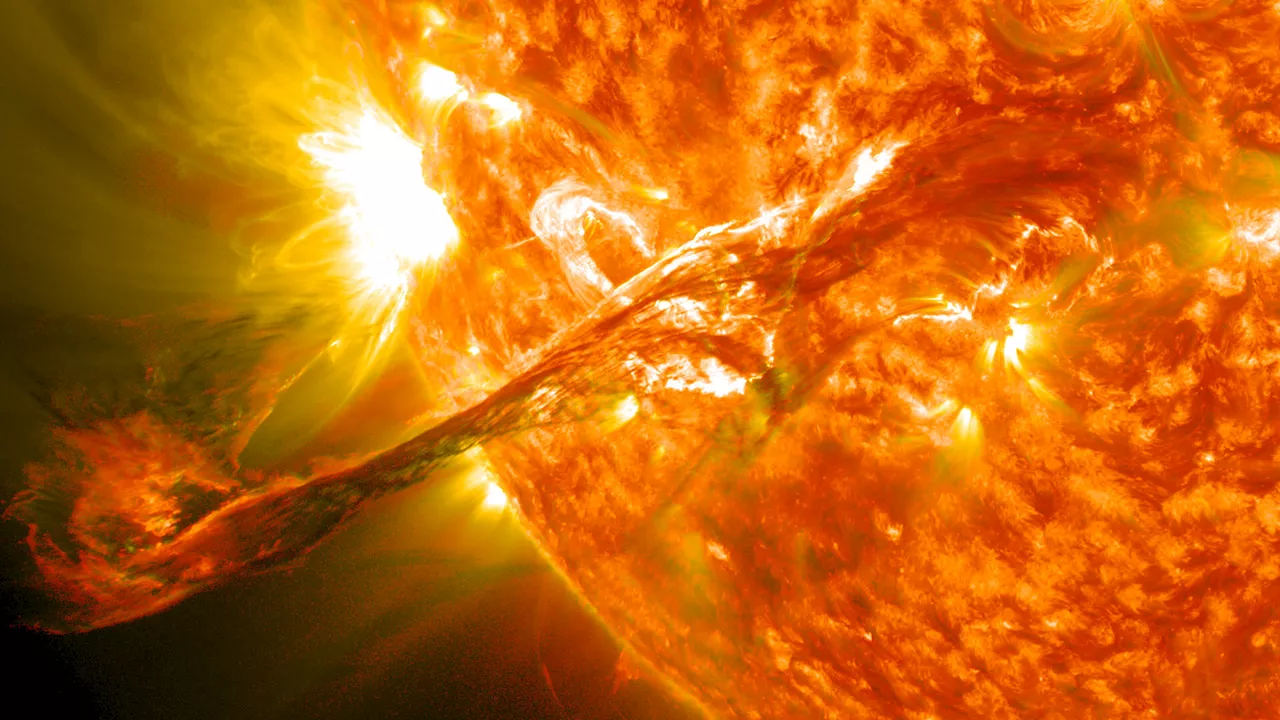 NASA scientists gear up for solar storms at MarsIn the months ahead, two of NASA's Mars spacecraft will have an unprecedented opportunity to study how solar flares—giant explosions on the sun's surface—could affect robots and future astronauts on the Red Planet.
NASA scientists gear up for solar storms at MarsIn the months ahead, two of NASA's Mars spacecraft will have an unprecedented opportunity to study how solar flares—giant explosions on the sun's surface—could affect robots and future astronauts on the Red Planet.
Read more »
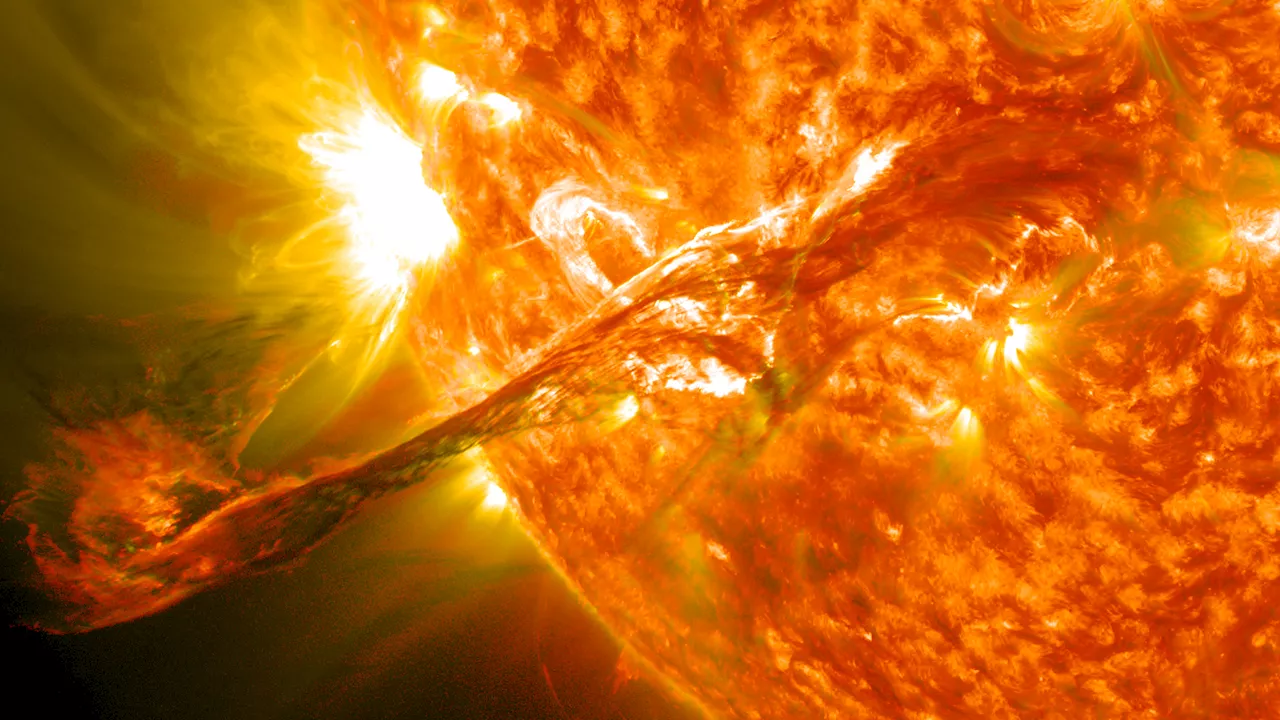 NASA Scientists Gear Up for Solar Storms at MarsThe Sun will be at peak activity this year, providing a rare opportunity to study how solar storms and radiation could affect future astronauts on the Red
NASA Scientists Gear Up for Solar Storms at MarsThe Sun will be at peak activity this year, providing a rare opportunity to study how solar storms and radiation could affect future astronauts on the Red
Read more »
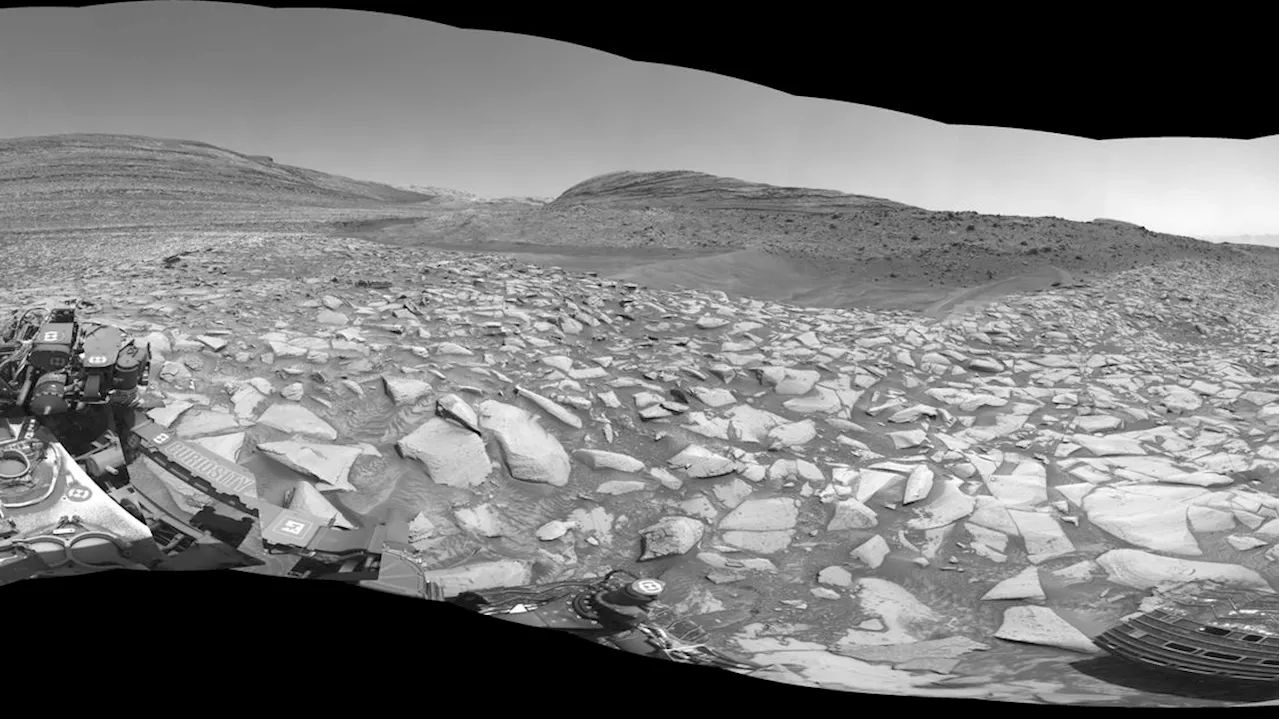 NASA's Curiosity Mars rover begins exploring possible dried-up Red Planet riverRahul Rao is a graduate of New York University's SHERP and a freelance science writer, regularly covering physics, space, and infrastructure. His work has appeared in Gizmodo, Popular Science, Inverse, IEEE Spectrum, and Continuum. He enjoys riding trains for fun, and he has seen every surviving episode of Doctor Who.
NASA's Curiosity Mars rover begins exploring possible dried-up Red Planet riverRahul Rao is a graduate of New York University's SHERP and a freelance science writer, regularly covering physics, space, and infrastructure. His work has appeared in Gizmodo, Popular Science, Inverse, IEEE Spectrum, and Continuum. He enjoys riding trains for fun, and he has seen every surviving episode of Doctor Who.
Read more »
